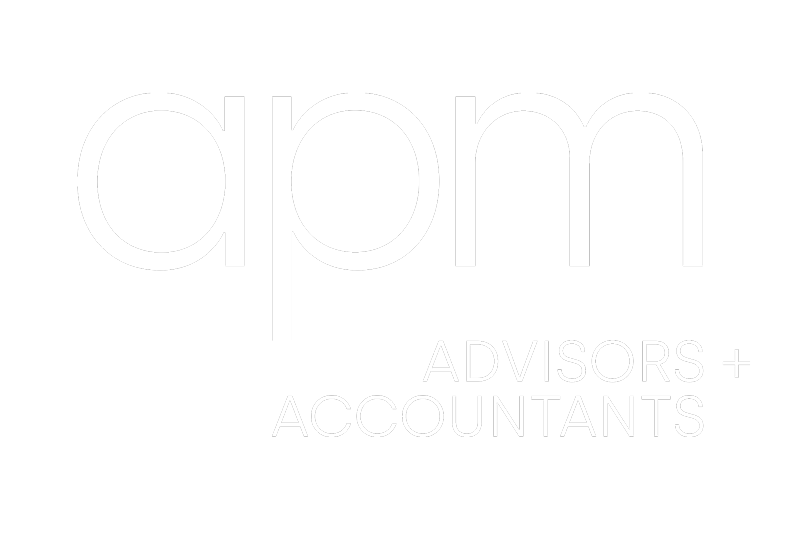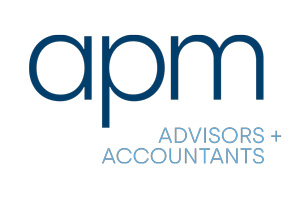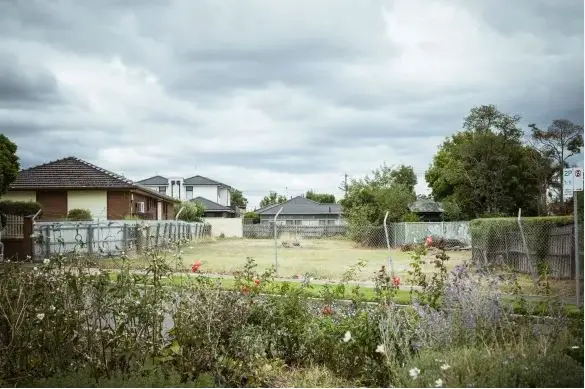If you have residential investment/holiday homes you should have received notification from the State Revenue Office (SRO) in November 2024 regarding changes to the Vacant Residential Land Tax (VRLT) legislation. This includes properties owned in a trust or company structure.
If your residential property was vacant in the preceding calendar year, you may be subject to vacant residential land tax.
The Victorian Government introduced vacant residential land tax (VRLT) from 1 January 2018 to help address the lack of housing supply in Victoria. VRLT is assessed by calendar year (1 January to 31 December) and the owner of the property is liable for it.
VRLT is different to the absentee owner surcharge and the federal annual vacancy fee. It is also different to land tax, but land that is exempt from land tax is also exempt from VRLT. This includes your home.
What does ‘vacant’ mean?
Land with an existing home on it
This land is considered vacant if, for more than 6 months in the preceding calendar year, it has not been lived in by:
- the owner, or the owner’s permitted occupant, as their principal place of residence (PPR), or
- a person under a lease or short-term letting arrangement made in good faith.
The occupation does not need to be by the same occupant or for a single continuous period, and a beneficiary of a discretionary trust can be a permitted occupant.
It is not enough that the property is available for occupation, such as by listing on a short-term rental website. It must have been actually used and occupied for more than 6 months.
It is also not enough for the property to be used intermittently or on a casual basis by friends or family of the owner. The use and occupation must be either as a PPR or subject to a bona fide lease or letting arrangement.
Property under construction or renovation or that is uninhabitable
Residential land is also considered vacant if, at the end of the calendar year preceding the tax year:
- the land has a residence that has been under construction or renovation for more than 2 years since the building permit was issued, and that work is not complete
- the land has a residence that has been uninhabitable for 2 years or more.
The Commissioner of State Revenue can extend the period these lands are considered not vacant if he is satisfied that there is an acceptable reason for the delay in completing construction or renovation or making the land habitable.
For residential land outside of inner and middle Melbourne (i.e. outer Melbourne and regional Victoria) with a residence that was under construction or renovation, or that was uninhabitable, as at 31 December 2023, the date on which the construction or renovation commenced, or when the residence became uninhabitable, is deemed to be 31 December 2023. These residential lands will not be regarded as vacant until 31 December 2025. This means they may only be liable for VRLT from the 2026 tax year.
Going forward, residences undergoing significant renovations or construction will not be considered vacant for up to 2 years from the date a building permit for the construction or renovation was issued. Land with an uninhabitable residence will not be considered vacant for up to 2 years.
Whether a residence is uninhabitable will depend on the nature and state of the residence during the calendar year. Generally, a residence will be considered uninhabitable if the amount of work required to return the residence to a state in which it could be used for residential purposes is significant or the residence is incapable of being used for residential purposes.
You can read more about these properties on the SRO FAQ page.
Exemptions
Homes that are exempt from land tax are also exempt from vacant residential land tax.
There are also some specific exemptions from VRLT, but an exemption from VRLT does not mean that your property is exempt from land tax.
Holiday home exemption
An exemption applies to a property used and occupied by the owner or a vested beneficiary of the trust to which the land is subject as their holiday home for at least 4 weeks (whether continuous or aggregate) in a calendar year.
To qualify for this exemption, the owner or vested beneficiary must also have a principal place of residence (home) in Australia in addition to their holiday home, but they do not have to own that home.
For example, Rose lives in New Zealand. She owns a holiday home in inner Melbourne. In 2023 she used her holiday home for 6 weeks. In 2024, her holiday home will be subject to VRLT because she did not live in Australia in 2023.
Rose returns to live in Adelaide in 2024. She uses her Melbourne holiday home for 6 weeks. In 2025, her holiday home will not be subject to VRLT because she used her holiday home for at least 4 weeks and had an Australian PPR in 2024.
The Commissioner of State Revenue must also be satisfied that the property was a genuine holiday home, having regard to its location and distance between the owner or vested beneficiary’s actual home and the holiday home, as well as the frequency and nature of its use.
An owner or a vested beneficiary will only be able to claim one holiday home exemption in a calendar year.
Where a holiday home is jointly owned:
- all joint owners must have a principal place of residence (home) in Australia in addition to their holiday home, but they do not have to own their home, and
- at least one owner, or the joint owners between them, must satisfy the 4-week occupation requirement.
The same joint ownership can only be entitled to one holiday home exemption for a tax year if the requirements are met. However, this does not prevent one of the joiner owners, either in their individual capacity or together with other joint owners under a different joint ownership, from being entitled to a holiday home exemption in respect of another property in the same tax year.
From 1 January 2025, a relative of the owner or a relative of a vested beneficiary can satisfy the 4-week use and occupation requirement.
Additionally, from 1 January 2025, the sole shareholder of a landowning corporation or trustee of a trust is eligible for this exemption if:
- the sole shareholder has continuously owned the home, or the home has been continuously subject to the same trust, since 28 November 2023, when the Government announced this measure
- there have been no changes in beneficial ownership of the land since 28 November 2023, except for transfers between relatives or transfers for the purpose of making a change to the trustee
- one or more eligible natural persons used another property in Australia as their PPR in the preceding tax year and used and occupied the holiday home for at least 4 weeks (whether continuous or aggregate) in a calendar year.
What To Do By 15 January 2025
If you have a vacant residential property you need to notify the SRO via their portal below by 15 January 2025 or you can be subject to penalty tax;
If the property is a holiday home and you meet the exemptions as mentioned above, you can claim your exemption on the portal at the same time as notifying the SRO of your vacant residential property.
If you have any queries or require further assistance with your application, please contact our friendly team at APM



